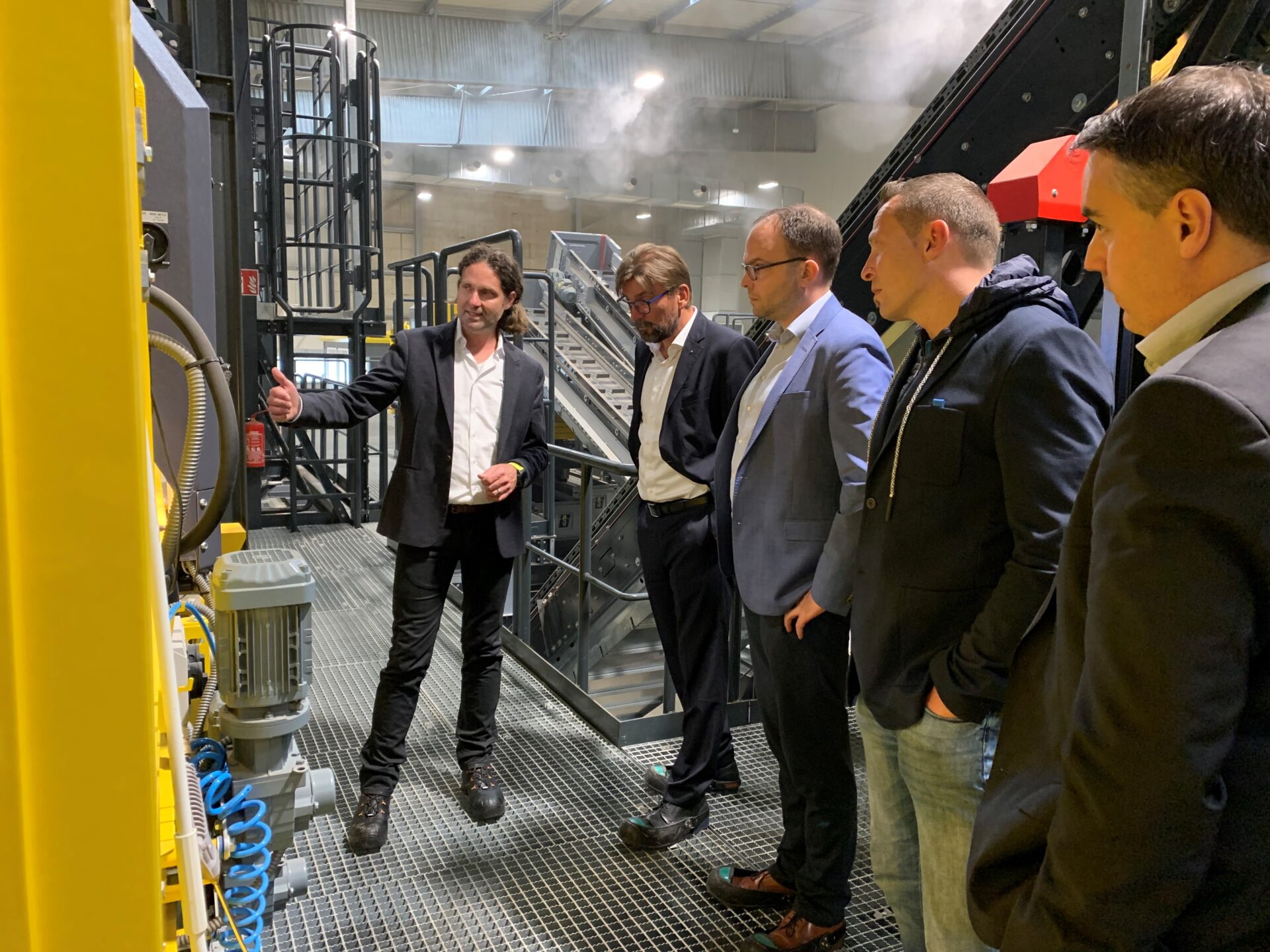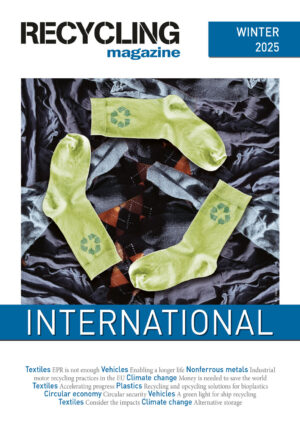Sorting specialist Steinert UniSort developed the idea for the marking and detection – based on standard NIR (near-infrared) detection.
Tobias Herzog, Managing Director of Tailorlux, Hendrik Beel, Managing Director of Steinert UniSort and Achim Helmenstein, Managing Director of Fischbach KG, worked together to design a marker, which now finally allows a distinction to be made between food and non-food packaging, allows non-recyclable products to be found and permits the recovery of packaging containing items which prevent recycling.
All that sorting system operators need to do in order to benefit from this innovation is simply request a software update from Steinert UniSort. This means that integrating the solution into their sorting system requires very little effort and it works perfectly with conventional technology. Hendrik Beel sums up: “In order to achieve a circular economy, companies operating at the various process stages in recycling need to come together and work together. In this team, we have gone one step further by being able to detect markers with totally standard technology, i.e. without having to retrofit anything.”
Non-recyclable products are one potential use case, for example because a bottle contains a harmful residue which impairs recycling. Standard NIR sorting systems in sorting plants detect the Tailorlux marker on the non-recyclable PE packaging and sort the object instantly. Therefore, the PE obtained from the sorting system remains clean and can be turned into a new PE product in line with the circular economy. What’s more, the marking is printed using UV screen printing inks. It can hardly be detected by the human eye, but its colours provide a good absorption band.











